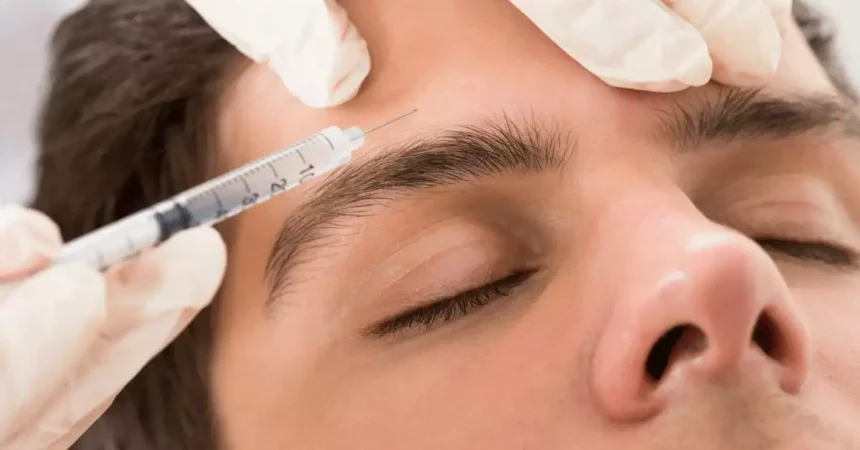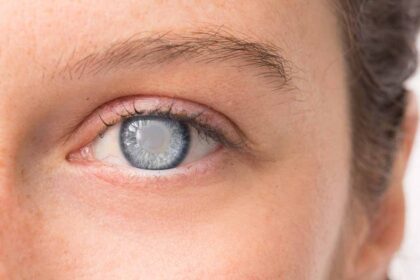Botox is a brand name for botulinum toxin injections, a neurotoxin protein produced by the bacterium Clostridium botulinum. While widely recognized for its cosmetic applications in reducing facial wrinkles, it also has several therapeutic uses. One of its FDA-approved medical applications is for the preventive treatment of chronic migraines in adults. Here’s more information on the benefits of Botox treatments for chronic migraines:
When Is Botox Recommended for Migraines?
Botox is typically recommended for adults who experience chronic migraines. A chronic migraine is defined as experiencing headaches on 15 or more days per month, with at least eight of those days having migraine features, for more than three months. Some common symptoms associated with chronic migraine include:
- Throbbing or Pulsing Head Pain
- Sensitivity to Light, Sound, or Smells
- Nausea and Vomiting
- Visual Disturbances (Auras)
- Dizziness or Vertigo
Botox becomes an option when other preventive measures have not provided adequate relief. Botox treatment is usually a part of a comprehensive pain management plan that is developed by a healthcare provider. Tailored plans may include lifestyle adjustments, trigger management, acute medications for immediate relief, and other preventive treatments.
How Can Botox Improve Chronic Migraines?
The goal of preventive treatments like Botox is to reduce the frequency and severity of headache days. This approach is combined with strategies for managing known migraine triggers, which can include stress, certain foods, or changes in sleep patterns. Here’s how neurotoxin injections are used:
How It Works
When used for chronic migraines, these injectables work differently than when they are used for cosmetic procedures. The injections are administered into specific muscles in the head and neck area, but not for wrinkle prevention. Botox helps block the release of neurotransmitters, which are chemicals involved in carrying pain signals. By intercepting these signals, treatments can prevent the activation of pain networks in the brain before a migraine starts.
Its Effects
The effects of a single neurotoxin treatment session for chronic migraines can last for approximately 12 weeks, but may last longer for some people. Patients may see a progressive reduction in headache frequency with each subsequent treatment cycle. For this reason, treatments are typically scheduled every 12 weeks to maintain the preventive benefits.
What Is the Process Like?
Botox treatment for chronic migraines is an office-based procedure performed by a qualified healthcare professional. During the appointment, a series of injections are administered into shallow muscle areas of the head and neck. A very fine needle is used, and the injections are often described as feeling like tiny pinpricks. The entire process is relatively quick, usually taking about 15 minutes to complete. There is no downtime required after the procedure, and patients can typically resume their normal activities immediately.
Schedule an Appointment Today
If you suffer from chronic migraines and believe you may be a candidate for Botox treatment, contact a neurological provider for a consultation. A thorough evaluation determines if this treatment can be an effective part of your pain management plan. Schedule an appointment with a specialist to learn more.









